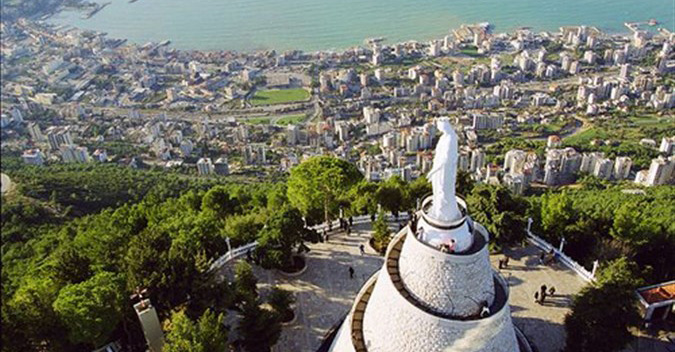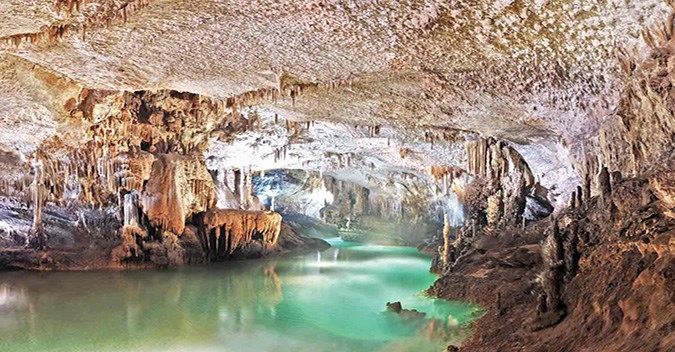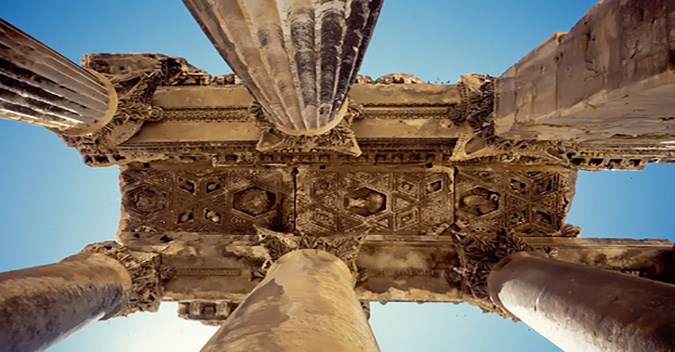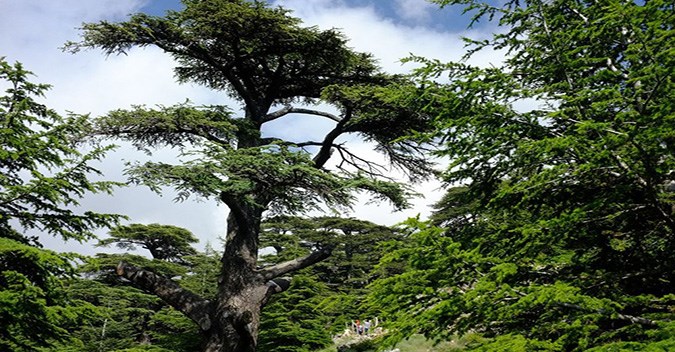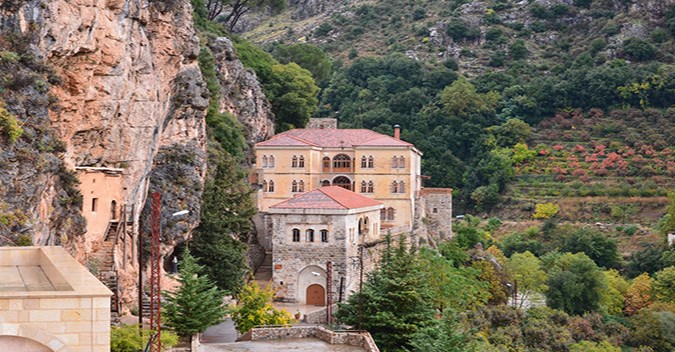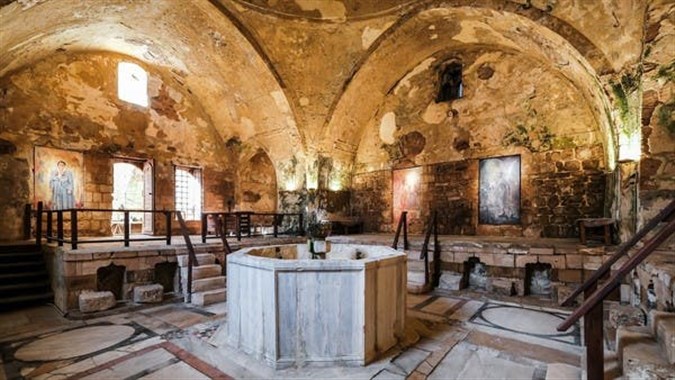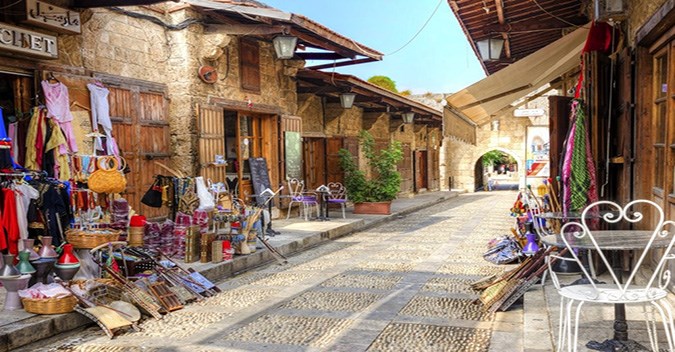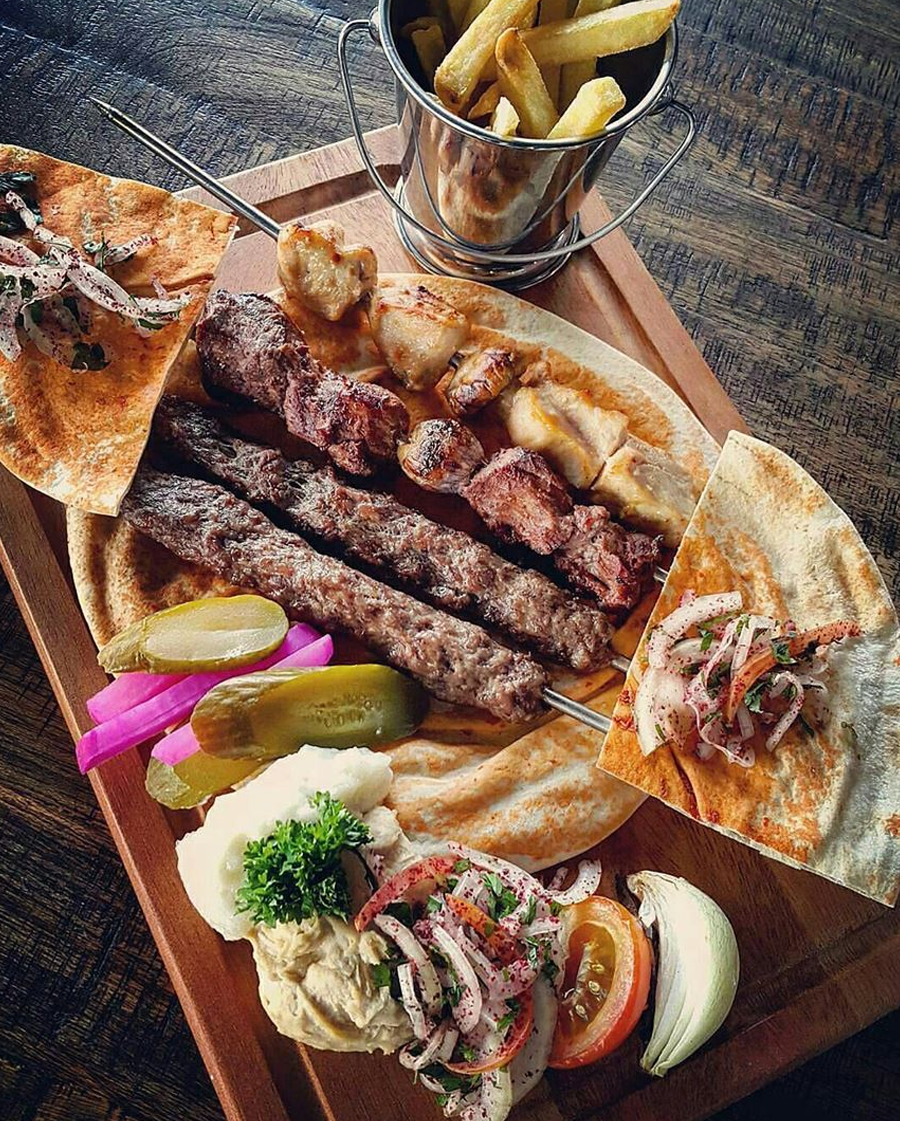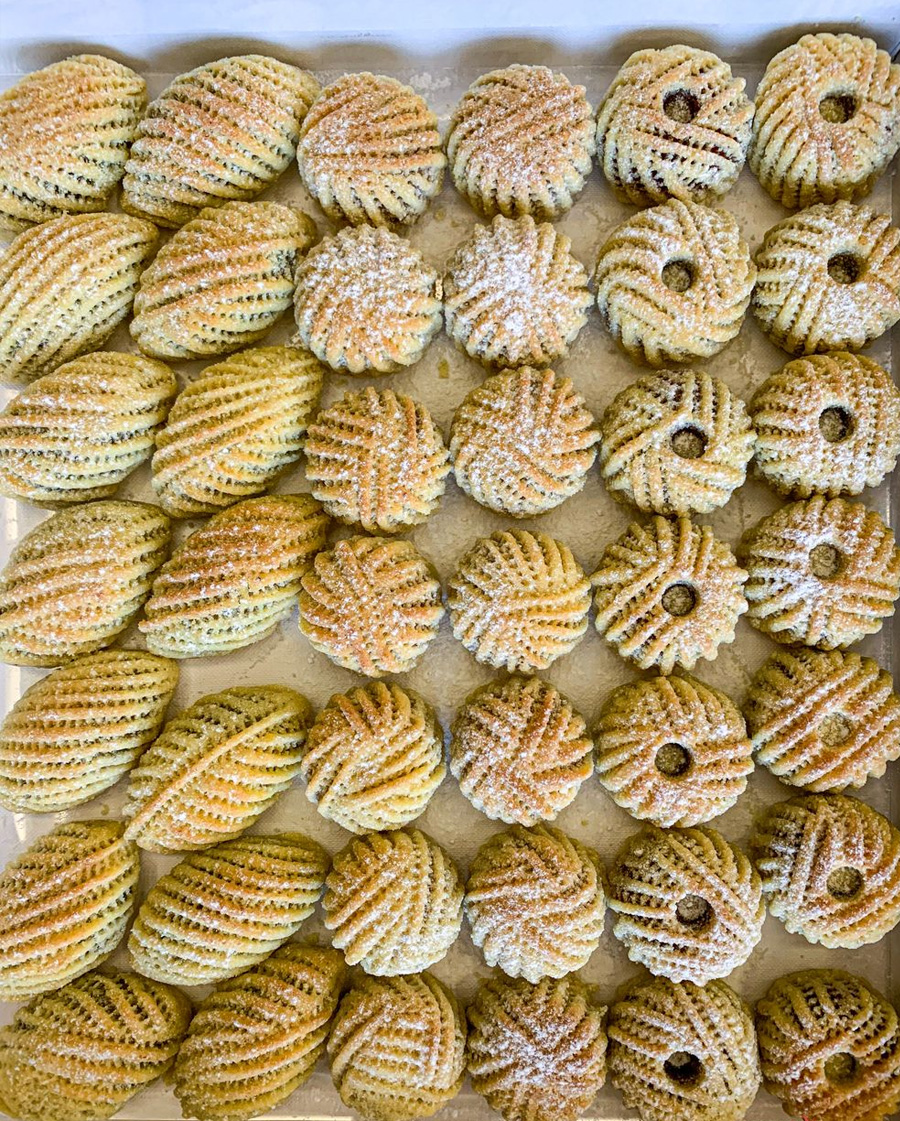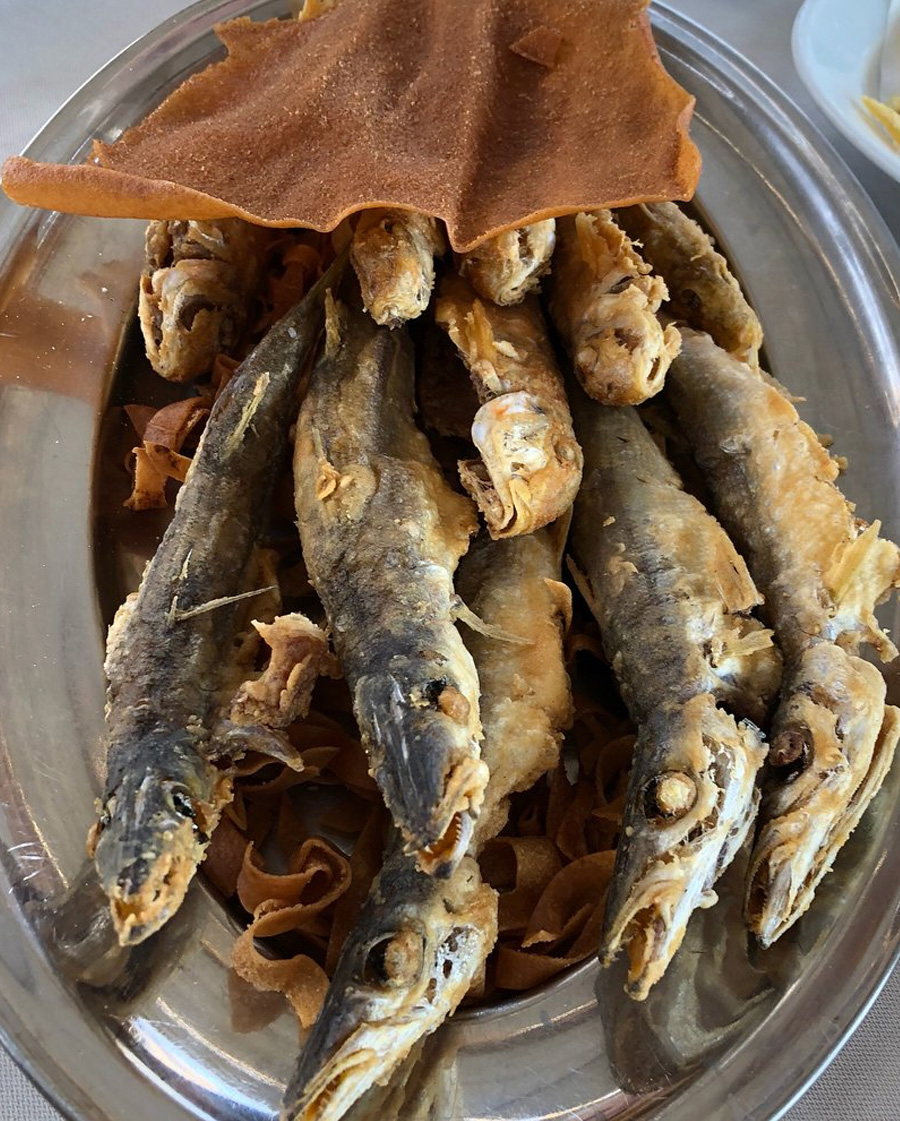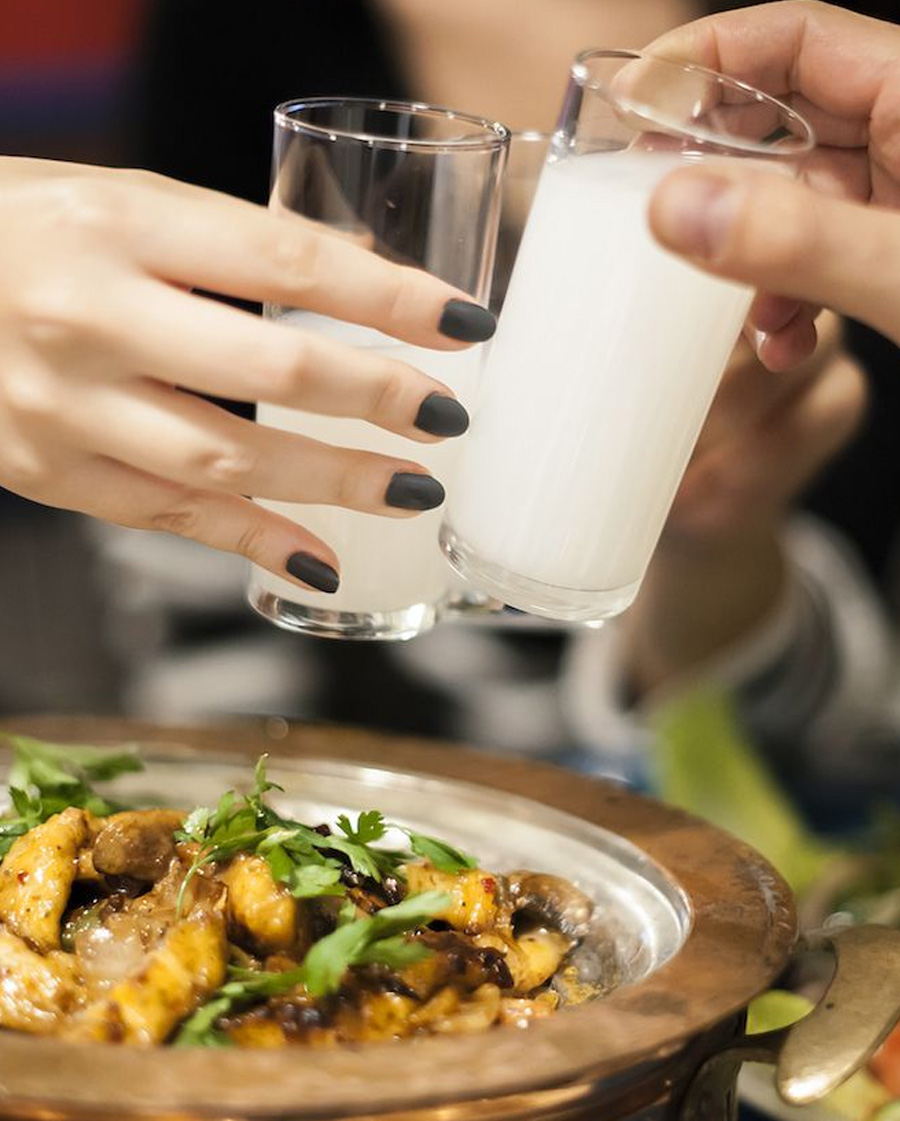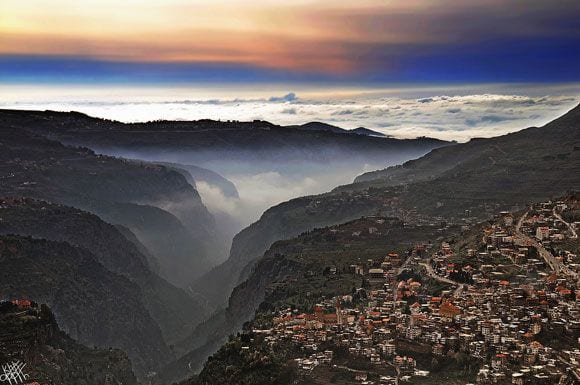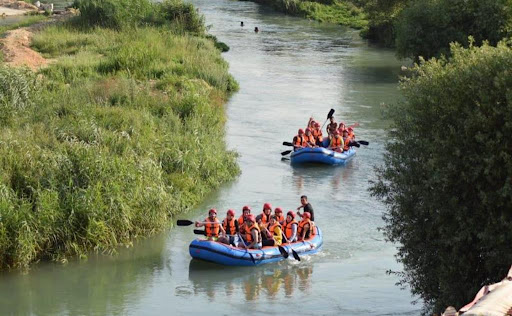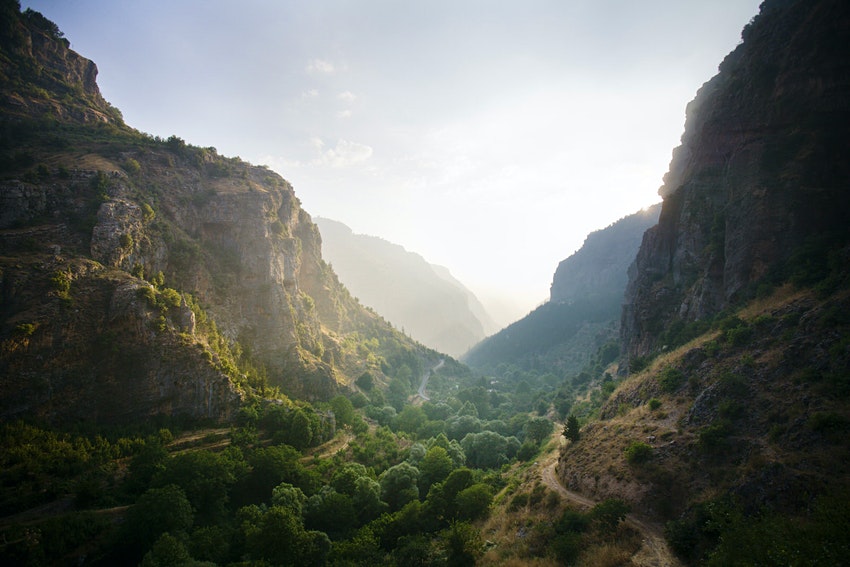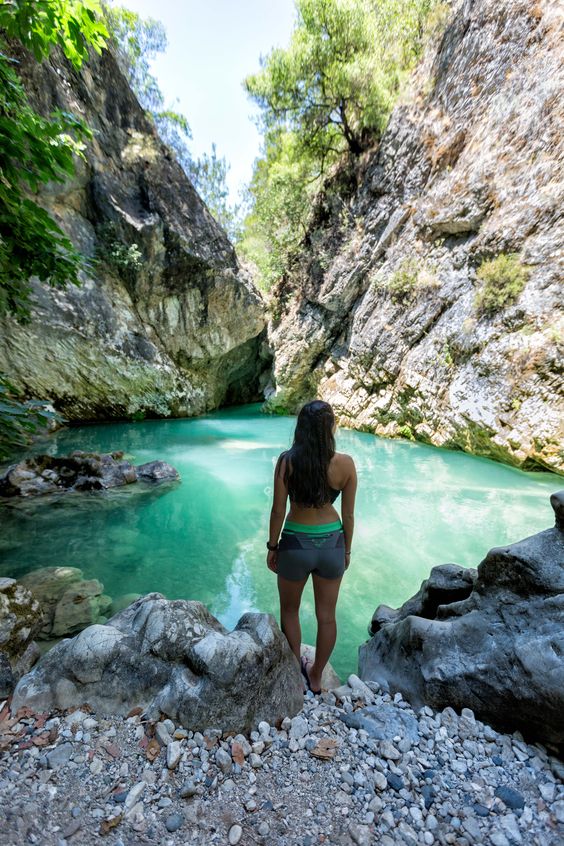Cultural, Religious, Historical & Touristic
Cultural, Religious, Historical & Touristic
Lebanon’s hidden gems
Lebanon has many hidden gems.
Here are our suggestions.
- Heliopolis, the roman temples of Baalbeck, makes up the largest and best preserved corpus of roman architecture left around. The acropolis occupies the top of an artificial hill built up of different layers of habitation.
- Discover Anjar’s city that was built in the early 8th century A.D. Inside the city’s strong fortifications are the remains of streets, three palaces, souks, two hammams and a Mosque.
- Visit Ksara, the refuge of the well-known Ksara wine where thousands of the old wine bottles are preserved. A tasting of the best wines is done during the visits.
- Visit Jeita, one of the world’s most beautiful cavern, that was nominated for the seven world wonders.
- Byblos is one of the oldest towns in the world that goes back at least 7,000 years. The rise and fall of nearly two dozen successive levels of human culture on this site makes it one of the richest archeological areas in the country.
- Admire views of Jounieh Bay from the magnificent Our Lady of Lebanon statue at Harissa.
- Sidon is of immense antiquity, but few remains of the ancient city have survived the ravages of time and man.
- Tyre is an ancient Phoenician city and the legendary birthplace of Europa and Dido (Elissa). Today it is the fourth largest city in Lebanon[ and houses one of the nation’s major ports.
- Maghdouché’s most famous landmark is the tower of Our Lady of Mantara, which is a Marian shrine built (May 16, 1963),[7] above the cave that is believed to have been the resting place of the Virgin Mary as she waited for Jesus while he preached in Sidon.
- Check the most venerable representatives of the Cedars of Lebanon, which once covered the country’s mountains.
- Dicover Becharreh, the birthplace of the famous Lebanese poet Gibran Khalil Gibran.
- Visit Kozhaya, part of the Holy valley where Maronites used to during the Ottaman’s period.

